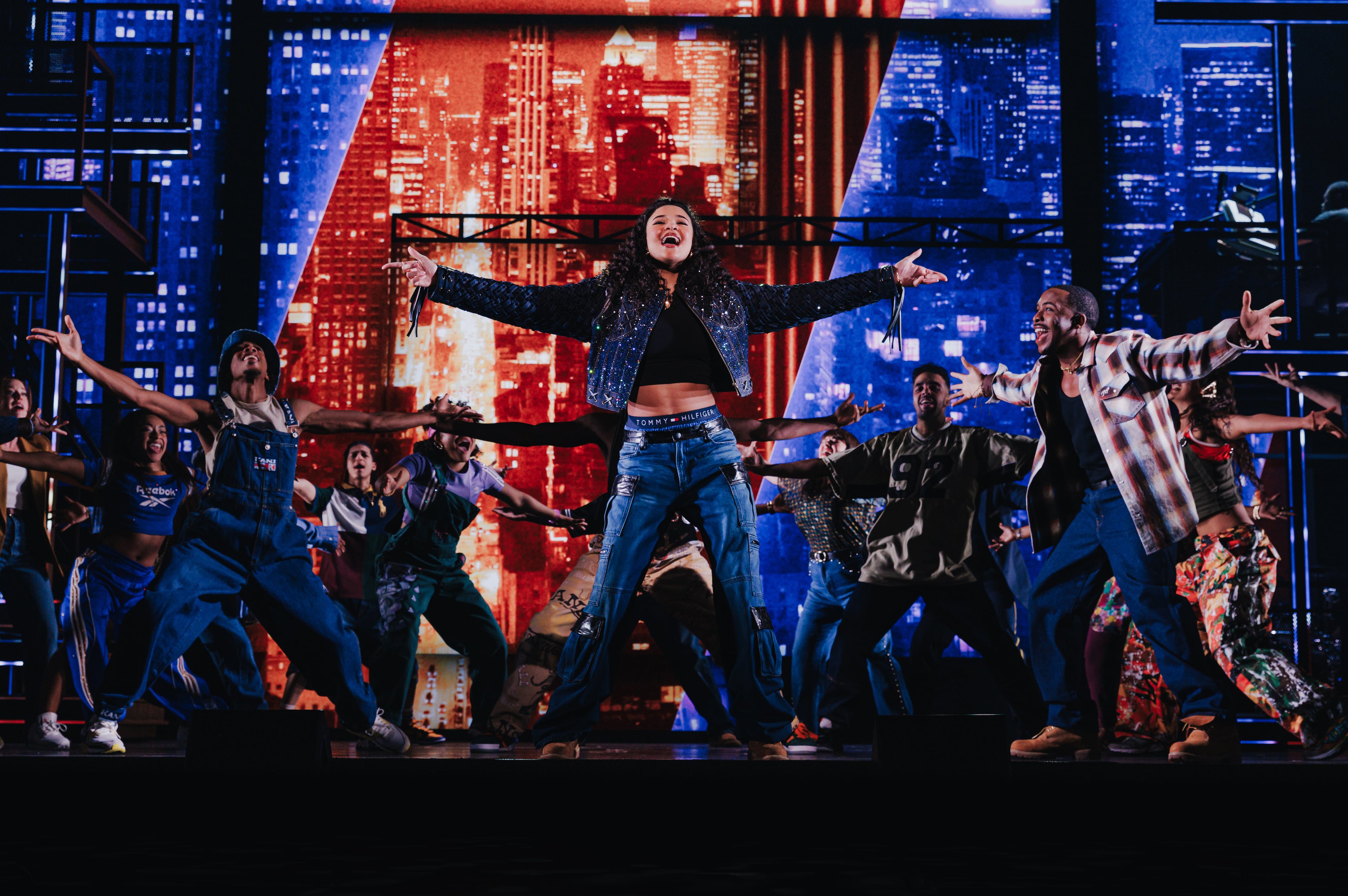Trio of projects speak to architect Henri Jova’s legacy in Atlanta
Henri Jova, the Atlanta architect who died in January at age 94, left a major imprint on the city.
The former Jova/Daniels/Busby chairman, a jaunty modernist whose work was girded in reverence for the classical, will be honored in a memorial celebration at 5 p.m. April 3 at the Atlanta Botanical Garden.
His and his firm’s diverse credits include Colony Square, the Carter Presidential Library, the circular, space-age-styled bank branch-turned-restaurant (formerly Piebar and soon to be Cirque) hard by I-85 at Monroe Drive, additions for the Temple and and Greek Orthodox Cathedral and a new sanctuary for Peachtree Road United Methodist Church.
To give a flavor of the architect’s inspiring career, here are excerpts on three notable projects from David Rinehart’s 2009 book “Henri Jova, A Classical Intermezzo: An Architect’s Life”:
Carnegie Education Pavilion
Atlanta’s Carnegie Library opened downtown in 1902 and was demolished in 1977 to make way for the current Marcel Breuer-designed facility.
“As short-sighted as this seems today,” Rinehart writes, “a concerned group of Atlantans at least was able to save the beautiful stonework from the building’s facade.”
Jova “never gave up on attempts to find a use for the facade,” suggesting its incorporation in exteriors of various proposed commercial developments, even a never-build guest house for visiting Olympic dignitaries.
“At the last minute, when the city planned to sell the (prison property where it was stored), a use for the facade became apparent. The Corporation for Olympic Development in Atlanta had decided to commemorate the 1996 Atlanta Olympic Games with a monument. Jova and a group of people persuaded (Aaron’s founder) Charles Loudermilk to fund the project, and the Carnegie Education Pavilion, as it now is called, stands resurrected at Hardy Ivy Park in downtown Atlanta.”
Colony Square
Things moved quickly after developer Jim Cushman visited Jova/Daniels/Busby’s newly established downtown office in the late 1960s.
“He had some connection with the ownership of land parcels at Peachtree and 14th streets, and he wanted suggestions as to their possible developed use,” Jova recalled. “Were we interested in working with him on it? Our boards at that time were encumbered by a number of minuscule residential projects. Our motto was, ‘We’ll take on anything, even the remodeling of a ping-pong table.’ So after a deliberation of, say, 30 seconds, we became participants of the first multi-use complex in the South.
“We spent the next few hours in the office playing ‘what if.’ … By the next morning, we had a site plan with locations for a hotel, shopping mall, a bi-nuclear office tower, apartment blocks, townhouses, entrances to parking. …
“The proto-site-plan was revised and re-revised over time. … Everything morphed into other versions, but — guess what — the ingredients remained the same.”
Carter Presidential Center
“From a design standpoint, the Carter Presidential Center was a balancing act. The building, completed in 1986, needed to be important and imposing, yet it could carry no overtones of grandiosity,” author Rinehart writes. “There was also a real political need for the center to tread lightly on the surrounding neighborhood, which had been engaged in a long battle to stop a proposed highway connection between downtown and the Stone Mountain Freeway. …
"To compound the architectural design process, a Honolulu real estate developer and supporter of the Carters, Chris Hemmeter, had suggested the circle as a fitting inspirational symbol for the design. This was to become a idee fixe with the Carters.
“Despite the difficult circumstances, Jova/Daniels/Busby’s design is a success, resolving the issues of massing and volume and allowing the individual pavilions (for the public Jimmy Carter Presidential Library and private, nonprofit Carter Center) to function autonomously but still remain completely integrated to the complex as a whole. The architects minimized the center’s impact and kept it from overpowering the neighborhood by lowering many of the amenities below grade.”
DANCE
Pilobolus brings new moves to Ferst
Founded in 1971, Pilobolus continues to explore fresh ideas in modern dance. The company will perform at 8 p.m. April 5 at Georgia Tech’s Ferst Center for the Arts.
The five-work program will include new dances “Automaton” (2012), a collaboration with Belgian choreographer Sidi Larbi Cherkaoui that questions the difference between human and machine; and “Esc” (2013), created in collaboration with magicians Penn & Teller that explores ideas of fantasy, athleticism and escape.
Tickets: $39-$49, $22 children. 349 Ferst Drive, Atlanta. 404-894-9600, www.ferstcenter.org.
VISUAL ART
Stansells go back to the ’80s in installation
Micah and Whitney Stansell, the married Atlanta artists who won $100,000 in December in a tequila company’s national contest in which they transformed a barrel into a work of art, are collaborating again, this time on an installation opening April 5 at Whitespace.
“Scarlet Air” will involve a combination of audio, film, and video stills to create what the Grant Park gallery terms an “immersive experience.” Described as “revelation of emotions rather than ideas,” the work is set in the 1980s, at the dawn of “a hyper-consumerist, hyper-connected U.S.,” according to the gallery.
A public opening, featuring performances by composer Cecil Church and poet John Harkey, will be 7-10 p.m. April 5. Through May 10. 814 Edgewood Ave., Atlanta. 404-688-1892, www.whitespace814.com.

